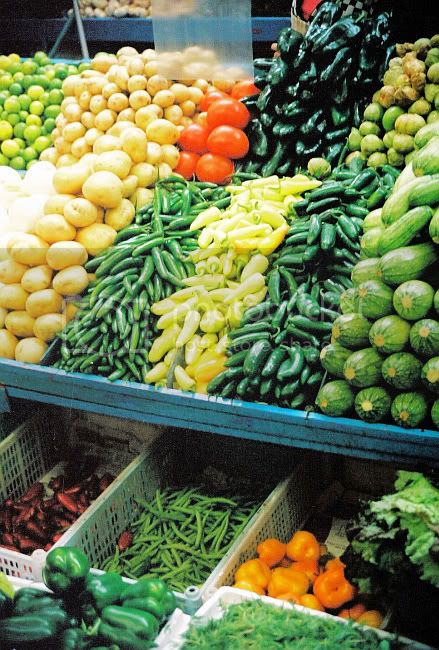First off, I'm not a pro yet at quoting multiple things from a single post, so I'll take a stab at it the best I can...
1. I'm not sure why my comment about Scotch Bonnets vs. Habaneros bothered you since I made no claims or statements whatsoever regarding that. It was really just a throw away sentence and an attempt to diffuse the argument and get back on the topic of the original post. That clearly failed. It is making it difficult to have a clearly defined debate when you stray off topic.
2. "what I meant to say they are also red C. chinense like all other red C. chinense, no matter what they're called. so yes,
the Caribbean Red is a red colored C. chinense. C. chinense's go by many names, not just Habanero." --- I think you are trying to agree with me without actually being explicit about it here. You are stating facts that weave in and out of what I am trying to get at, and it is starting to look like it is boiling down to symantics. I bet you would give Bill Clinton a run for his money on equivocation, but I'm not really that interested in defining "what the meaning of the word
is, is," as our former President so famously said. The Caribbean Red Habanero is a red colored C. chinense, and is also called a Habanero. C. chinense's also go by many names, not just Habanero, but that is not the case for the Caribbean Red Habanero, which is the current chile pepper under discussion. It seems to me that we agree, but you are over clarifying points that don't affect the argument.
3. "The geographic issue didn't bother me. as far as I know, there is a different terminology in Mexico and the Caribbean islands. the presence of certain species (not varieties) is also different. therefor I always consider both as different sources, especially when it comes to chiles. the fact Mexico is near the Caribbean sea makes no difference. I am aware of how this might look on your end and I'm not arguing, just explain myself. chiles from Mexico are an entire group by itself and are not usually related to the Caribbean chiles." --- You are pretty much admitting that this is merely an opinion of yours and nothing else, as evident by your use of the first person pronoun multiple times. I am actually okay with that as long as you realize that the Yucatan is in the Caribbean, and since the origin of the Caribbean Red Habanero is the Yucatan, it is therefore geographically from the Caribbean. The Yucatan is also not "near the Caribbean." It is actually on the Caribbean, and shares hundreds of miles of coast line with it. Take a vacation to Cancun sometime and you'll see first hand what I am talking about. There are other areas of Mexico, with vastly different ecosystems, ie. Tijuana, but you are more likely to pick up an STD than a chile pepper there.
I can tell that this debate is on path toward an event horizon that I am not willing cross, so I will reiterate my main points and feel satisfied that they have held up to scrutiny. If anyone else would like to object, by all means...
1. CRH is a C. Chinense, and a Habanero, and red. Therefore it is one of many red varieties of Habanero. I make no further associations or claims beyond this, and I really do think you agree with me without actually saying it.
2. It's origin is the Yucatan Peninsula, which is both in Mexico and the Caribbean. Therefore it is both from Mexico and the Caribbean.
For the record, I spent most of my summers as a teenager in the Caribbean with my aunt and uncle who ran a live aboard dive boat, so I am very familiar with the region. If it sticks out of the water, and it's in the Caribbean, I've probably stepped foot on it. This really has no impact on the debate, other than clarifying why I feel like I can be authoritative about what constitutes part of the Caribbean.
Now, if only there was an emoticon that expressed what I think we should do now...hmmm...oh wait, there is!

Cheers, Omri


